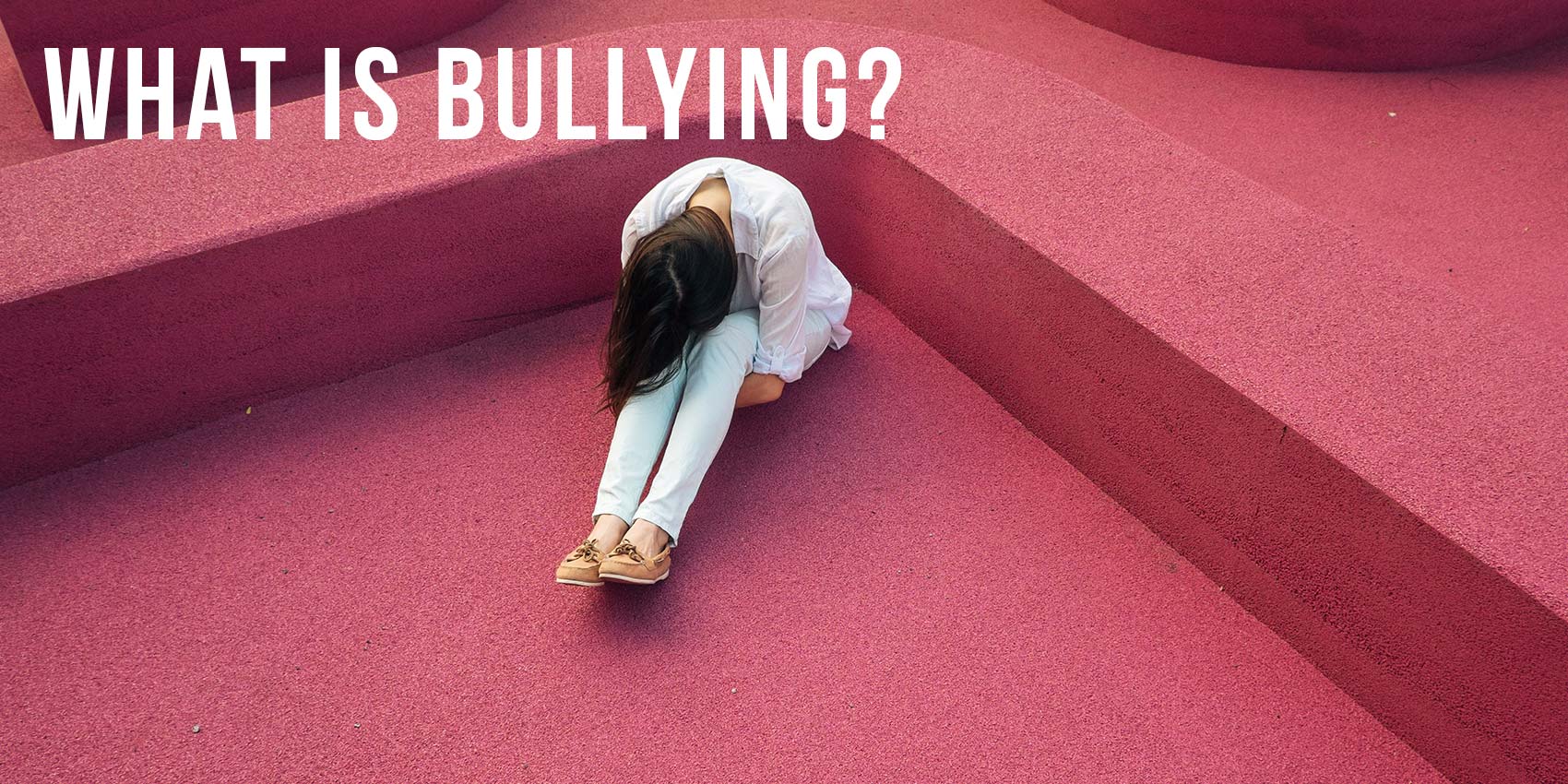12 Sep What is bullying?

Bullying is ubiquitous (meaning everywhere – great SAT word). You see it on the news. You hear about it at school and maybe at home. You may have even Googled it and watched videos of people being bullied. But how do you define it exactly? What constitutes bullying and what doesn’t?
Here’s a definition we think is useful:

“A person is bullied when he or she is exposed, repeatedly and over time, to negative actions on the part of one or more other persons, and he or she has difficulty defending himself or herself.”
(http://olweus.org/public/bullying.page)
This definition includes three important components:
1. Bullying is aggressive behavior that involves unwanted, negative actions.
2. Bullying involves a pattern of behavior repeated over time.
3. Bullying involves an imbalance of power or strength.
Let’s discuss each point briefly.
Point one:
Aggressive behavior that is unwanted and negative.
Aggressive behavior can take many forms:
Social – (Newsflash: the stuff you call “drama” is often the stuff experts are calling “social bullying.” Call it what you want, but recognize it for what it is: WRONG and HURTFUL.) Social bullying includes excluding others, which can be covert (meaning hard to notice, undercover) like not leaving room at the cafeteria table, but it can also be overt (meaning up front, noticeable), like saying mean things about or to a person. Basically, it’s being mean socially.
Subtle put-downs – (Newsflash: the stuff you often follow with “just saying” or “just kidding, can’t you take a joke?” often falls in this category.) Putting people down on a continual basis is a form of bullying. Joking around with your best friend with comments like, “Did you run out of clean clothes this morning?” is fine when the two of you KNOW you are joking because you are so close. But when you do it to “dig” at another person, it is a different story. If you continually make comments that put other people down, even disguised as a joke, this is bullying. You always need to ask yourself, Am I joking with this person to make a connection with him? Or, Am I joking with this person to make a connection with others? If it’s the latter (others), it’s likely bullying.
Physical – (Newsflash: This is not just boys anymore!) Traditionally people have thought of bullying as: punching, kicking, biting, throwing, shoving, or scratching another. Anytime you use physical violence to harm someone, then you are bullying. (Also, don’t forget that people can be bullying sexually. When one person continually demands sexual contact that the other person does not desire, this is bullying as well and can lead to sexual harassment. If you want to learn more, visit dating abuse.)
Cyber-bullying – (Newsflash: this form of bullying is growing at an alarming rate and is becoming the most popular and powerful way to bully.) When the bullying behavior happens via a technological device like a cell phone, tablet, or computer, it’s called cyber–bullying. Rumors, fake social pages, hacking into other people’s accounts, sending false messages, and sending threatening messages are all modern forms of cyber–bullying. Please read the cyber-bullying section to learn more about this form of bullying. Yes! It’s such a huge concern that it needs its own space! It, too, is ubiquitous (quick! What does ubiquitous mean?).
Now on to the second point mentioned above:
Bullying is a pattern of repeated behavior over time.
Haven’t we all hurt someone inadvertently (meaning by accident), or even…, yes, we loathe to admit it, purposefully, at one time or another? We may have forgotten to send the new kid at school an invitation to a party when everyone else in the grade was included, or we may have called a teammate “awful” when he collided with us on the lacrosse field. These are life events that happen but are not purposeful and repetitive in the way that bullying behavior is.
Now let’s get to that last point (#3):
Bullying involves an imbalance of power or strength.
This is key. Because this is how you can help protect yourself and others from being bullied. People who bully seek out people over whom they believe they have power. Notice it is a belief, not a fact. Why? Because, in the social world, no one person has power over another. (In the work world, for example, bosses do have more power than employees). So try not to give the impression that others have power over you. Be proud of who you are. Develop your sense of self. Your sense of self is so powerful to your life success that it is THE theme of this website and the books you may or may not be reading in school right now.




WLKHS 1409
Posted at 16:18h, 11 DecemberI cant really relate to power imbalances, but when i see kids use their power to cause harm I feel like I have to intervene in that conflict.
WLKHS1305
Posted at 16:36h, 08 NovemberThere are always power imbalances while at school. For example, if someone is bigger than someone else and is bullying them it is a power imbalance. When I see some kids using their power over others to cause harm I feel like I need to help so I always try to step in or get help